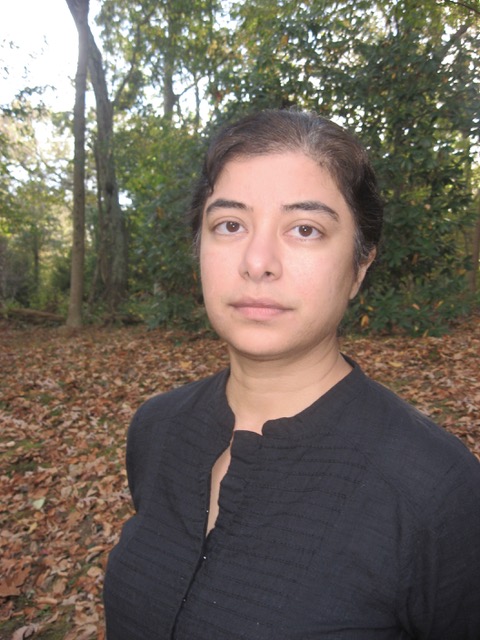By Guy Ortolano, New York University
I went urban to escape the global.
Supranational histories – imperial, international, transnational, global, world – have become the default frames within which scholarship proceeds. At their best, these approaches shatter the complacencies of national histories, revealing the wider causes and connections behind subjects that only recently seemed exhausted. England’s Industrial Revolution, for example, is now explained by a hemispheric shift in the delivery of raw cotton, while Indian nationalism developed out of cosmopolitan exchanges as well as domestic social movements.
But all movements come with costs. In the case of supranational histories, these costs can include the fine-grained, contextual analysis that has long constituted the historian’s stock-in-trade. Though aware that urban historiography, too, was embarking on a global voyage of its own, a decade ago I dug into urban studies in hopes of grounding abstract accounts of ideological change – namely, the late-twentieth century shift from social democracy to neoliberalism – in time and place.
 The resulting book, Thatcher’s Progress: From Social Democracy to Market Liberalism through an English New Town (Cambridge, 2019), seeks to explain ideological change through the lens of Britain’s new towns program. “New towns” are state efforts to create wholly new environments, including not only housing but also landscaping, shopping centers, recreation facilities, and civic amenities. In the generation after 1945, the British state designated thirty-two new towns across England, Wales, Scotland, and Northern Ireland – the largest new town program outside the Soviet Union. During the 1980s, however, this program of urban development withered under Margaret Thatcher’s governments, shutting down entirely by 1996 – a half-century after its foundation.
The resulting book, Thatcher’s Progress: From Social Democracy to Market Liberalism through an English New Town (Cambridge, 2019), seeks to explain ideological change through the lens of Britain’s new towns program. “New towns” are state efforts to create wholly new environments, including not only housing but also landscaping, shopping centers, recreation facilities, and civic amenities. In the generation after 1945, the British state designated thirty-two new towns across England, Wales, Scotland, and Northern Ireland – the largest new town program outside the Soviet Union. During the 1980s, however, this program of urban development withered under Margaret Thatcher’s governments, shutting down entirely by 1996 – a half-century after its foundation.
Continue reading →







 The resulting book,
The resulting book, 

